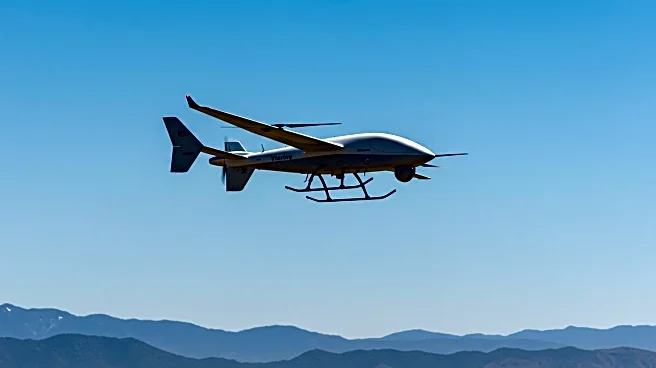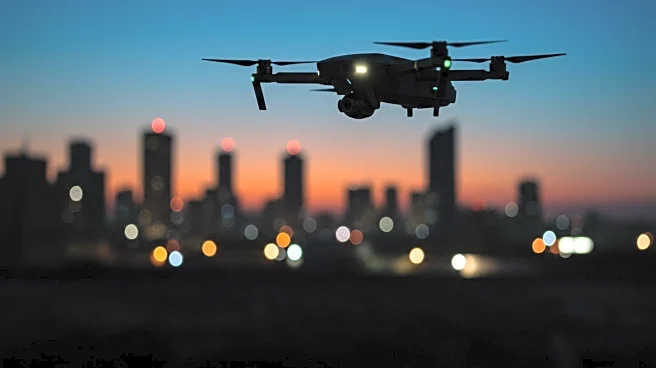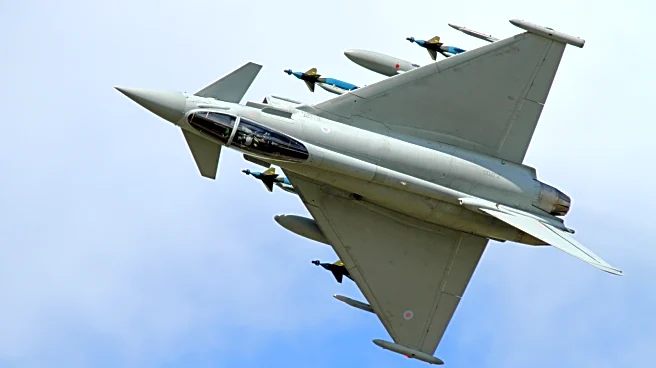Rapid Read • 8 min read
The Free-Space Optical Communication (FSOC) technology is being explored for its potential to revolutionize defense communications. FSOC offers secure, high-throughput data transfer that is faster than radio frequency (RF) with minimal risk of interception or jamming, making it highly desirable for satellite-based and space-to-ground communication. However, FSOC faces challenges in atmospheric conditions such as fog, rain, and turbulence, which limit its deployment as a standalone system in defense settings. The technology is currently being tested in prototypes, pilot programs, and testbeds, with large-scale rollouts unlikely until key technical and environmental challenges are resolved. Organizations like DARPA, ESA, and the Netherlands' defense programs are actively experimenting with adaptive optics, terminal miniaturization, and ruggedized platforms to advance FSOC technology.
AD
FSOC technology represents a significant long-term investment opportunity due to its potential to reshape secure communications across space, air, land, and sea. The hybrid potential of RF-FSOC systems is emerging as a viable path forward for battlefield communications, offering both the speed and stealth of optical links and the reliability of RF fallback. This technology could become foundational in next-generation defense and space communication ecosystems, providing mission-critical redundancy in environments where weather or physical movement might disrupt communication. Investors, OEMs, and startups who engage early stand to gain advantages in this evolving market.
The FSOC technology is expected to continue its evolution through research-driven initiatives, with significant contributions from global defense organizations. As technical barriers are overcome, the scalability of FSOC systems will improve, potentially leading to wider adoption in military and space applications. The focus will remain on refining atmospheric compensation, beam-tracking, and hardware durability to enable FSOC's integration into hybrid communication systems. The ongoing experimentation and development efforts are crucial for transitioning FSOC from lab-based prototypes to field-ready systems.
FSOC technology's development raises ethical and strategic considerations, particularly in defense communications where secure and reliable data transfer is critical. The integration of FSOC into hybrid systems could influence global defense strategies and impact geopolitical dynamics, as countries seek to enhance their communication capabilities. The technology's ability to operate in high electronic warfare environments could shift the balance in military communications, prompting discussions on international regulations and standards for secure communication technologies.
AD
More Stories You Might Enjoy












